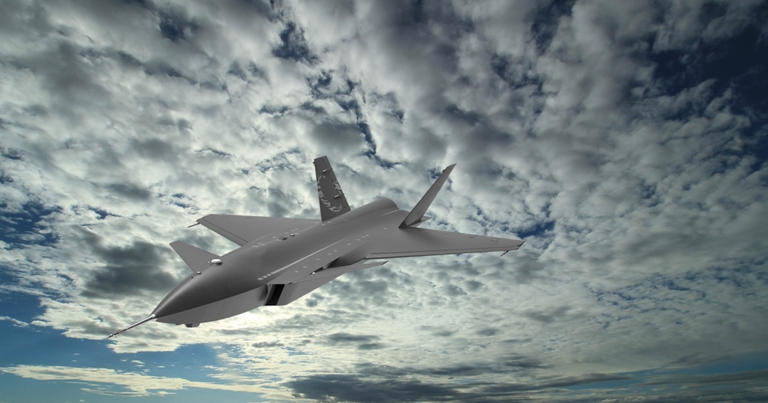Hunter Defence Release
The National Defence Strategy (NDS) has identified enhancing Australia’s ability to operate from its northern approaches as a top priority for the future integrated force. At the heart of this vision is CAMEL TRAIN, a transformative logistics initiative aimed at modernizing the supply chain within this strategically critical region. As part of the NDS, the focus for CAMEL TRAIN is clear: to enable rapid, resilient, and efficient military response capabilities through an autonomous Air Logistics Support (ALS) system.
Modernizing the Northern Supply Chain
Operating in Australia’s northern approaches presents unique logistical challenges. CAMEL TRAIN seeks to address these by introducing a robust, adaptive, and resilient logistics supply chain management system. This system will empower military commanders to effectively fight, sustain, and win in this vital region. With the ability to deliver a credible military force rapidly and efficiently, the modernization of this supply chain is critical to the strategic objectives outlined in the NDS.
The CAMEL TRAIN Solution
At the core of the CAMEL TRAIN initiative is the deployment of a suite of air vehicles integrated into an advanced ALS system. These vehicles are designed to strengthen the existing supply chain, providing rapid resupply capabilities for smaller stores in response to urgent, unforeseen demands. By offloading these tasks from personnel and larger airframes, CAMEL TRAIN significantly enhances both the capacity and efficiency of the air logistics system.
A Family of Vehicles for Varied Missions
CAMEL TRAIN will encompass a diverse range of air vehicles tailored for different mission profiles. This includes short-range rotorcraft capable of precision deliveries of up to 50 kilograms over distances of 50 kilometres, as well as long-range fixed-wing aircraft designed to transport up to 1,000 kilograms across 1,000 kilometres. Larger variants will be equipped for optional crewing and will offer support on land, at sea, and in the air. Additionally, certain models will be capable of maritime operations, including air drops and amphibious landings in waters up to Sea State 2.
Cutting-Edge Autonomous Technology
A key feature of the CAMEL TRAIN system is its integration of advanced detect-and-avoid (DAA) technology, ensuring safe and autonomous operations in Class G airspace, which is often shared by multiple users. The use of type-certified airframes in initial testing is also being explored to expedite the system’s introduction into active service, allowing for rapid deployment and operational use.
Phased Implementation and Future Prospects
The implementation of CAMEL TRAIN will be carried out in phases, with an initial Request for Proposal (RFP) defining the scope of development services required for Phase 1. This foundational phase will pave the way for subsequent procurement stages, ultimately delivering a fully integrated and autonomous logistics system capable of supporting Australia’s northern defence operations.
CAMEL TRAIN promises to be a game-changer for the Australian Defence Force (ADF), offering a revolutionary solution to logistics challenges and enabling faster, more agile responses in one of the country’s most strategically important regions.








